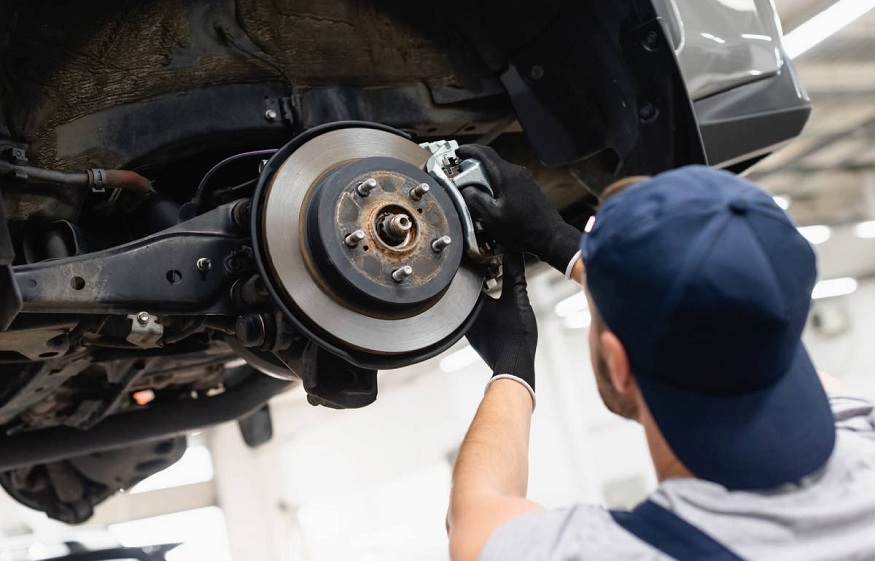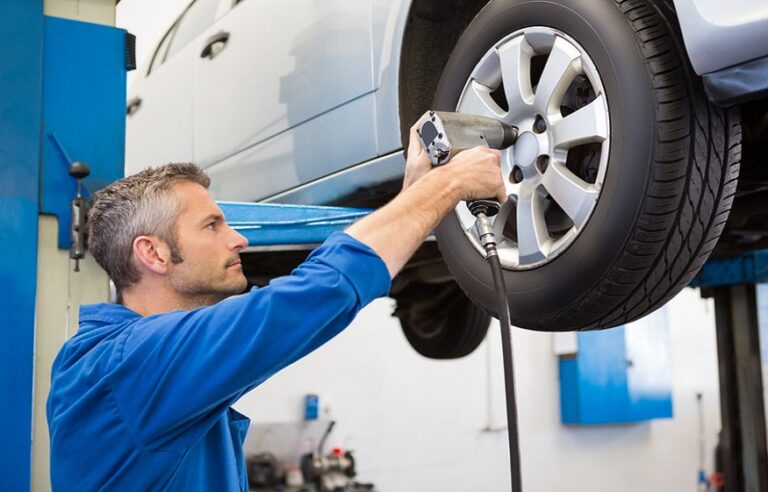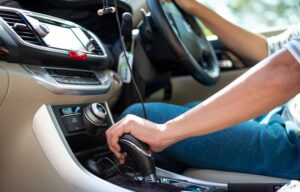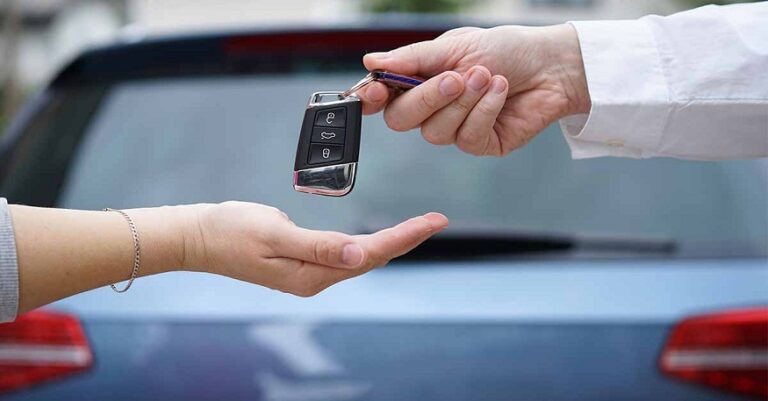1 – Soft brake pedal
A pedal that feels soft definitely indicates a problem with the hydraulic system. Problems, such as air in the hydraulic system, failing calipers or wheel cylinders , or even a worn brake hose with a weakened wall, can cause a soft pedal feel. The pedal should feel firm, the brakes should feel solid and offer a gradual response. When the pedal is soft, the braking system is not working perfectly. There may be only brake fluid missing from the master cylinder.
2 – Brake pedal hard and difficult to operate
If you’re having trouble operating the brake pedal, the problem is most likely with the brake assist mechanism. There are two types: vacuum or hydraulic. Most cars and vans have a vacuum brake booster which offers braking assistance so that the driver does not need to exert strong pressure on the pedal. Some heavy vehicles and others equipped with a turbo engine use, for the same purposes, a hydraulic system instead of a vacuum system. When these systems fail, the pedal becomes difficult to operate, but the brakes still work. If the pedal is hard to operate and the brakes are not working properly, this indicates that there is a mechanical problem between the pedal and the master cylinder, such as an obstruction or a broken rod.
A power assist system failure is usually caused by a loss of vacuum (disconnected, cut, or clogged vacuum line) or a cracked brake booster diaphragm. Hydraulic systems can seize, leak or run out of fluid. If the hydraulic power steering works normally and only the hydraulic brake booster is the problem, then it is probably faulty.
3 – Liquid leak
Loose fittings, worn gaskets and punctured lines not only cause damage, but can significantly reduce stopping power.
The hydraulic circuit is complex, as there are many lines connecting the various components, especially in vehicles equipped with an anti-lock braking system (ABS). A leak of any of these components will cause fluid loss and air entry into the system. This will eventually lead to complete failure of the brake system. The components most prone to leaks are those located in the wheels and the rubber lines that connect the rigid lines with the brake parts. In vehicles with a rigid rear axle, a flexible line connects the hydraulic system to the rear axle. brake fluid colorranges from transparent to burnt orange depending on its age and condition. The liquid is very fluid and quite slippery. It gives off a slight odor. Look for any signs of a caliper or wheel cylinder leak indicated by traces of fluid inside the wheels. Brake fluid and paint don’t mix; peeling paint near a brake line fitting indicates a leak. Any brake fluid leak is serious and must be repaired immediately.
4 – Squealing noise
Once the friction material of the pads is completely worn out, the friction takes place metal against metal, which is harmful.
If you hear noise when you brake, the brake system is probably faulty. A metal-to-metal rubbing sound means that the brake pads or shoes are completely worn out and the metal backing is rubbing on the rotor or drum. Once this point is reached, braking power is greatly reduced, and each pressure on the pedal damages the rotors and drums Have your brakes repaired immediately by a NAPA AUTOPRO work shop to avoid further damage and ride safely. If you are lucky, the rotors or drums can be remanufactured, but more often than not the damage exceeds the thickness limits and replacement is required. So don’t be surprised if the repair not only requires new pads or segments, but also new rotors or drums. Yes, you have to replace the components on both sides at the same time.
5 – Vehicle pulling to one side when braking
When the brakes are worn, the vehicle may pull to one side or the other when braking. This happens because the power of one brake is weaker than that of the other. The same thing can happen when a brake no longer works at all.
When you step on the brake pedal, the applied pressure is applied equally to the brakes on both sides of the vehicle. If there is a problem with one of the brakes, your vehicle will veer to one side when braking. Sometimes a simple adjustment can solve the problem, but it is likely that the brakes are worn more on one side than the other. A failing wheel cylinder or caliper will cause uneven wear, and therefore uneven power, to the brakes. Worn rotors can also be to blame, quickly abrading the pads, or causing rolling resistance or even worse, reducing braking power. For this reason, wear parts should always be replaced in pairs so that braking performance is equal on both sides.














+ There are no comments
Add yours